The legendary wolverine
It’s not without reason that the wolverine is the subject of myth and legend. The physical attributes and way of life of this northern animal feed into the most fantastic stories.
This extraordinary carnivore is a mammal in the Mustelidae family. Closely related to the weasel and fisher, it is almost a metre long and weighs, on average, a dozen or so kilos.
While preferring to feed on small mammals and capable of killing a caribou, it will eat anything it can find, particularly the carcasses of animals killed by trappers or wolves.
Agile and persistent, it is even able to chase off a bear and steal its booty. With its back arched, its fur raised, its protruding fangs exposed and all claws bared, a growling wolverine is impressively fearsome.
Its powerful jaws allow the wolverine to be a real glutton. It tears apart frozen remains and easily breaks the bones of its prey to get at the marrow.
Trappers hate it because this carrion eater with a highly developed sense of smell devours trapped animals and can destroy an entire trap line in the blink of an eye.
The wolverine, which lives in the boreal forest, the taiga, and the arctic tundra, barely tolerates humans. It is solitary, and travels long distances to find its “daily bread”.
It steals from the food caches of wolves, foxes and lynx, devours the carcases of seals left behind by polar bears, and hunts hare, beaver, snow geese and ptarmigan.
It also eats berries and sometimes succeeds in attacking a caribou by chasing it through the thick snow or pouncing on it from high in a tree.
Still quite present in Alaska, the Canadian North and Eurasia, the wolverine is threatened with extinction in Québec.
The reduction in caribou herds, the disturbance of its habitat by forest industry and mining operations, and its bad reputation with trappers are the probable causes of the decline of this legendary demon of the woods.
Along with the lion, tiger, polar bear and hyena, the wolverine is one of the starring carnivores of Animalium, Mont-Tremblant’s zoological museum.
By the same author: The spectacular red cardinal (Click the image below)

Jacques Prescott131 Posts
Jacques Prescott est biologiste, professeur associé à la Chaire en éco-conseil de l’Université du Québec à Chicoutimi. Spécialiste de la biodiversité et du développement durable, il est l’auteur de nombreux livres et articles sur la faune et la conservation de la nature. Il nous fait l’honneur de rejoindre notre équipe de collaborateurs et signera chaque mois une chronique intitulée Faune et flore. / Jacques Prescott is a biologist, associate professor with the Chair in Eco-Counselling of the Université du Québec à Chicoutimi. A specialist in biodiversity and sustainable development, he is the author of numerous books and articles about wildlife and nature conservation. He has honoured us by joining our team of contributors and will write a monthly column entitled Wildlife and Habitat.
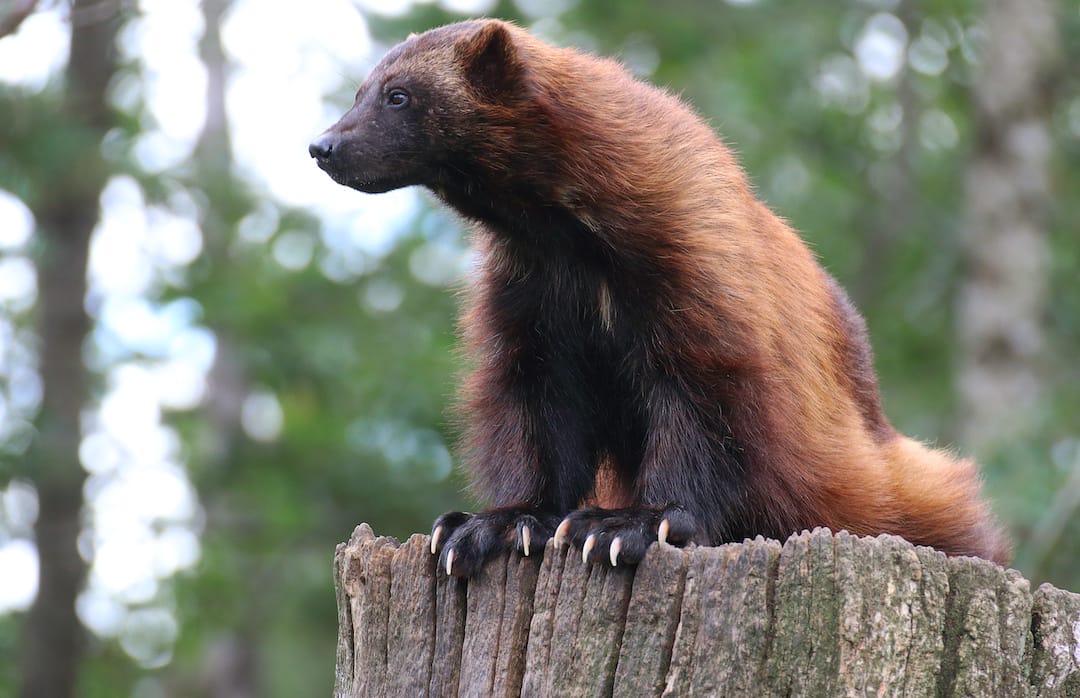
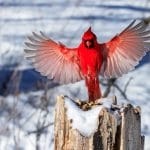


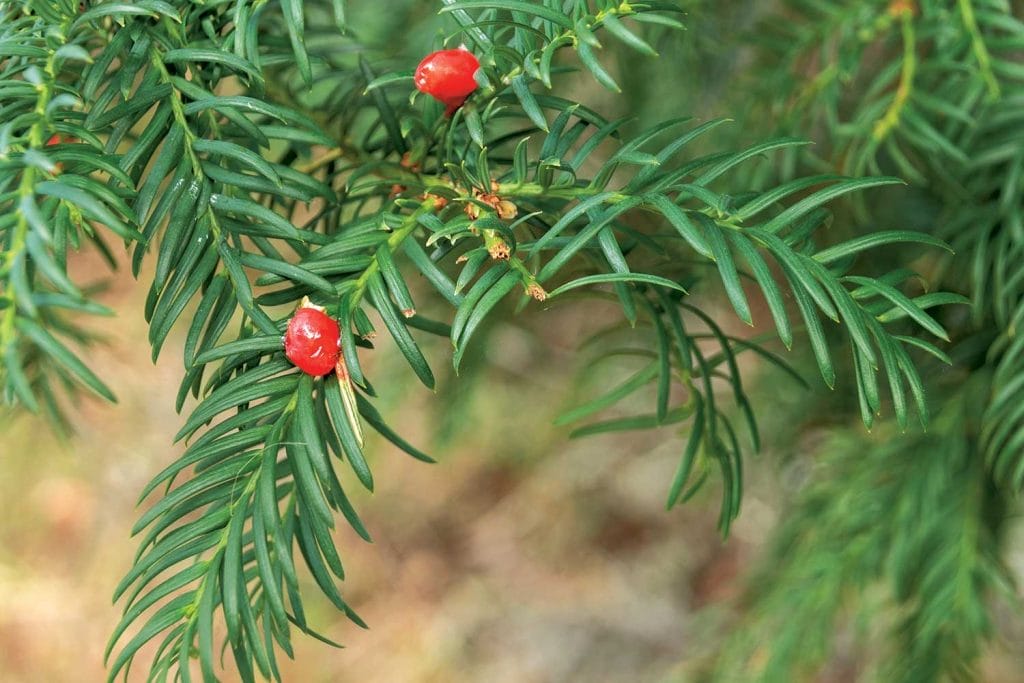
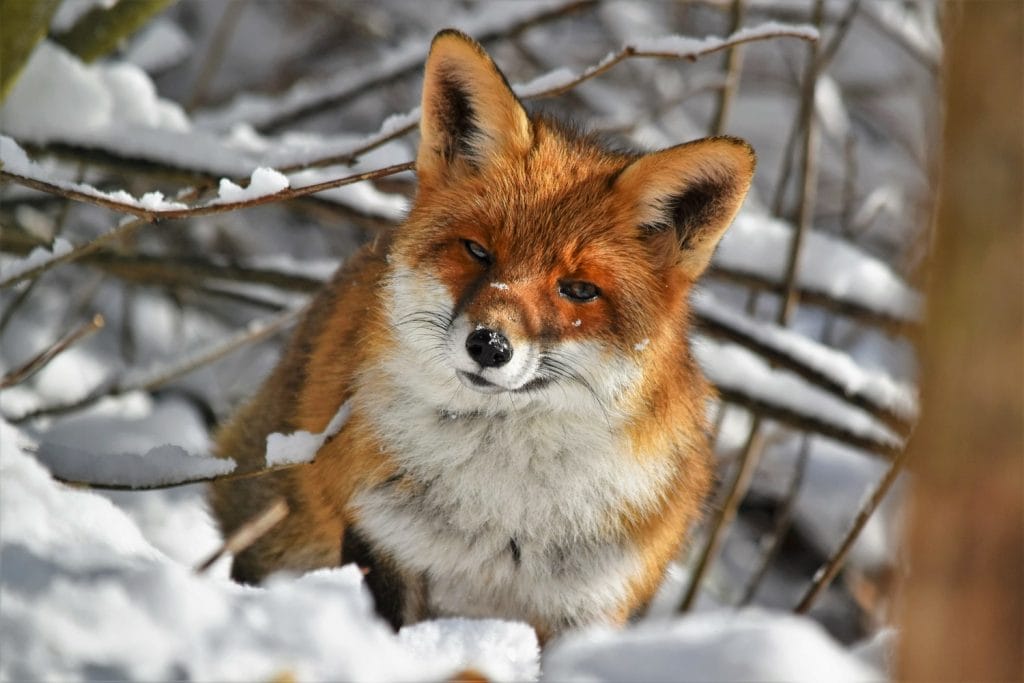
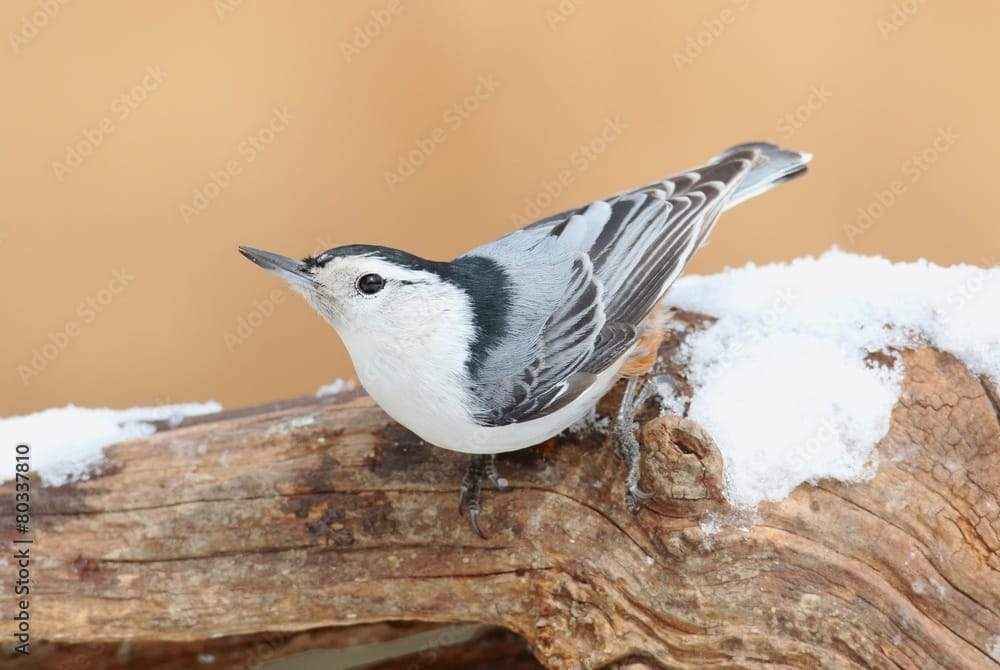
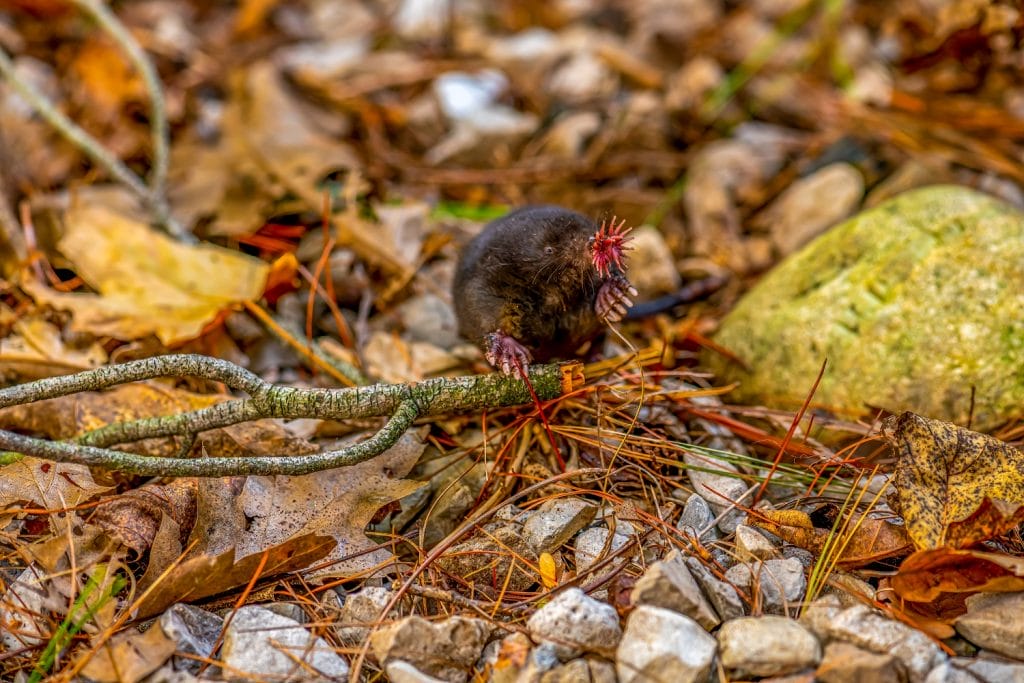





0 Comments